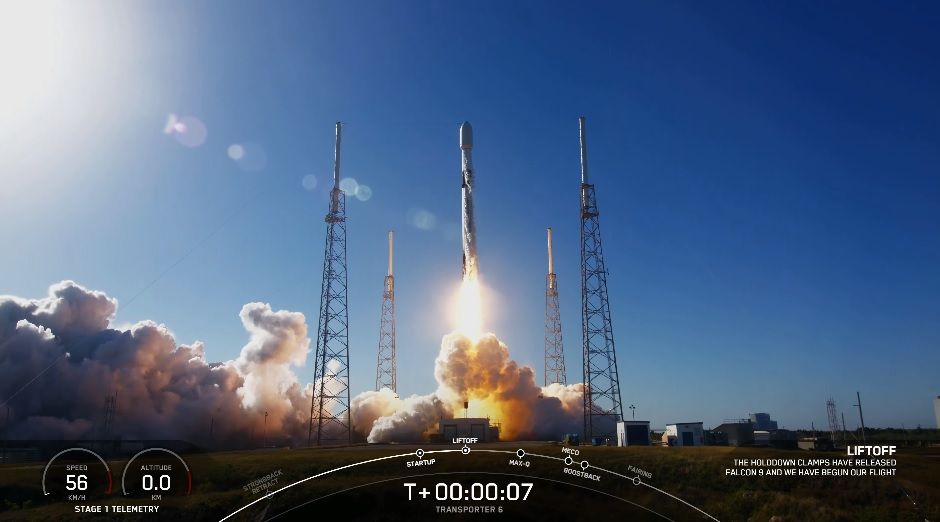-
Until now only nine States have had the capacity to manufacture, produce and launch their own rocket
Spain is about to enter the select club of countries with direct access to space. From the dawn of the space race to now, there have only been nine states that they have had the economic and technical capacity to build, manufacture and launch a space vehicle completely their own. These are the United States, Russia, China, India, South Korea, France, Italy, New Zealand and Japan. Now, while the countdown for the takeoff of the Spanish Miura 1 rocket is activated, Spain aspires to become the tenth country in the space elite.
Related news
Mankind has been working to reach the stars for seventy years now. At first, the Struggle to «conquer space» it was driven by geopolitical tensions between the United States and the Soviet Union and their eagerness to see who achieved more space feats. In recent decades, however, space exploration has experienced a paradigm shift. The creation of national space agenciesjust like him ‘boom’ of private companies in the sector, has expanded the range of actors dedicated to the development of technology and space applications. There are many who, in fact, argue that we are in the era of the «democratization of space.»
But why are there so many initiatives in making rockets, launching microsatellites, and generally getting into space? And above all, why does Spain want to become the tenth country with direct access to space? The answer can be approached from various perspectives.
More and more countries are promoting a own space program to reinforce your national defense strategy. Spain is a clear example of this. In 2002, after the invasion of the islet of Perejil, the Spanish Ministry of Defense requested live images to a French satellite which was flying over the area. France, to avoid getting involved in a diplomatic conflict with Morocco, denied the request. That incident prompted the launch of ‘Paz’, the first Spanish spy satellite. Only in its first year of life, this instrument achieved more than 5,200 high-resolution images which, as explained in the Revista Española de Defensa, were key to solving problems on the ground: from controlling illegal migratory flows to terrorist actions.
In recent years, several space projects have been launched focused on improving the telecommunications network. the company american spacex, Owned by tycoon Elon Musk, it has deployed a network of orbiting satellites known as Starlink to improve internet connection from all corners of the world. In Catalonia, the Generalitat has also sent a nanosatellite into space dedicated to improving the use of the 5G telecommunication network. Another large field of work in the telecommunications sector is positioning satellites such as those that guarantee, for example, the GPS signal. Europe has its own Galileo program For this end.
earth observation
The other great driver of space programs is the increasingly evident need for monitor the effects of phenomena approaching the earth’s surface: from the forest fires until flooding and damage from torrential storms. In Europe, for example, the European Commission launched the so-called Copernicus program dedicated to observing the earth, the oceans, the atmosphere and the effects of climate change around the world. At the same time, private companies such as Satellogic have also developed their own constellation of satellites for the same purpose.
scientific investigation
Space is one of most desired places for science. In large part, because of microgravity conditions found from certain heights. For this reason, there are many space programs specifically focused on carrying out science in space. The International Space Station is actually a large center for scientific experiments shared by all the major space agencies in the world. The vast majority of space rockets launched now go loaded with dozens of scientific experiments private companies, institutions and universities. One of the sectors most interested in this type of study is the biomedical one since, according to several studies, microgravity can reveal unprecedented features on cells, tissues and drugs.

